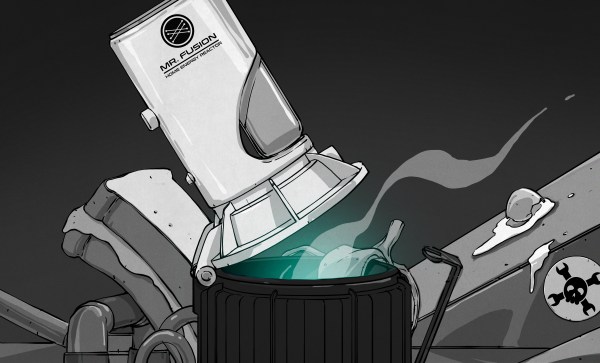Fossil fuels can be a bit fussy to access, and geopolitics tends to make prices volatile. Burning them also takes carbon out of the ground and puts it into the atmosphere, with undesirable climate implications. The hunt for a solution has been on for quite some time.
Various synthetic fuels have been proposed as a solution, wherein carbon dioxide is captured from the air and chemically processed into useful fuel. Done properly, this could solve the climate issue where any fuel burned has its carbon later captured to make more fuel. The problem, though, is that this process is very energy intensive. Given the demands, it’s no surprise that some are looking towards nuclear reactors for the answer.
Continue reading “Could Nuclear Be The Way To Produce Synthetic Fuel On The Cheap?”



















